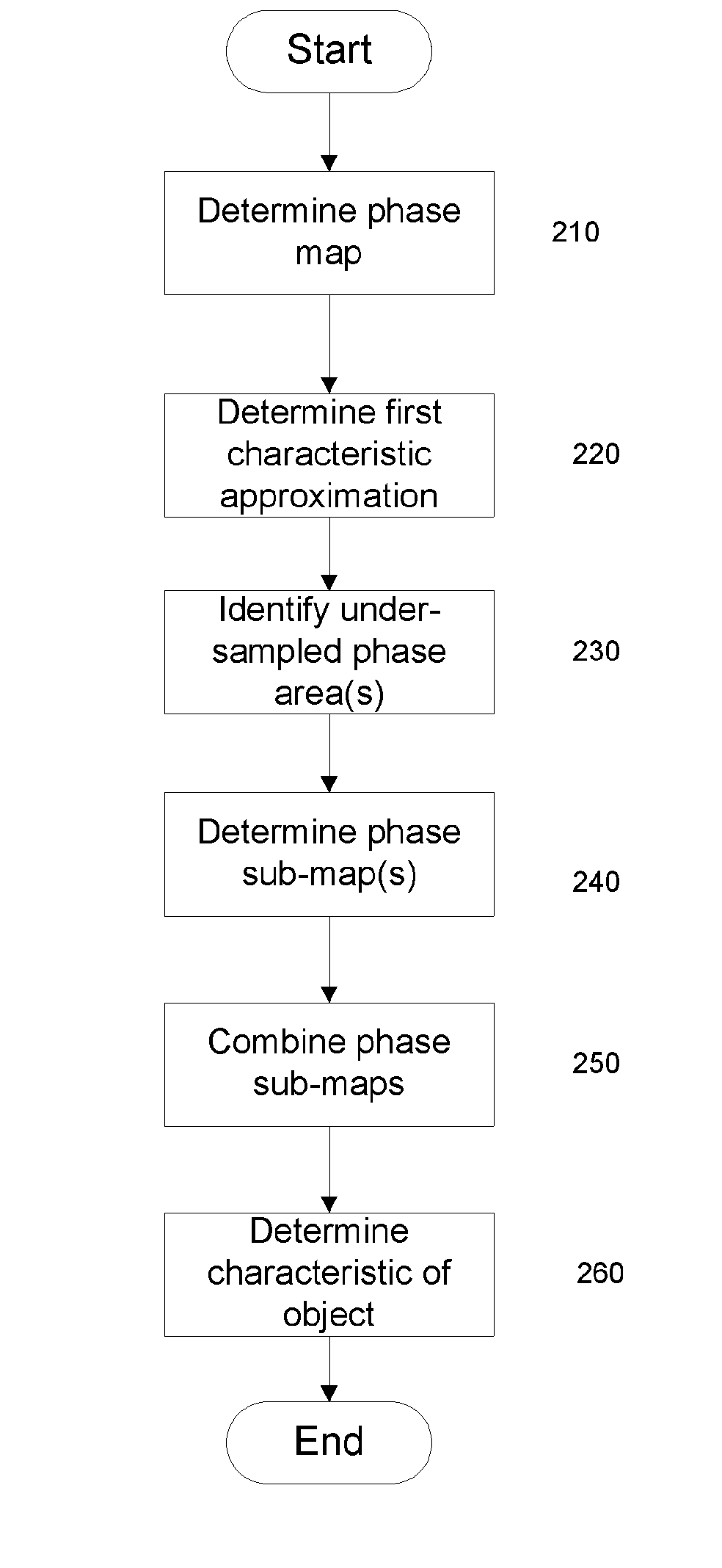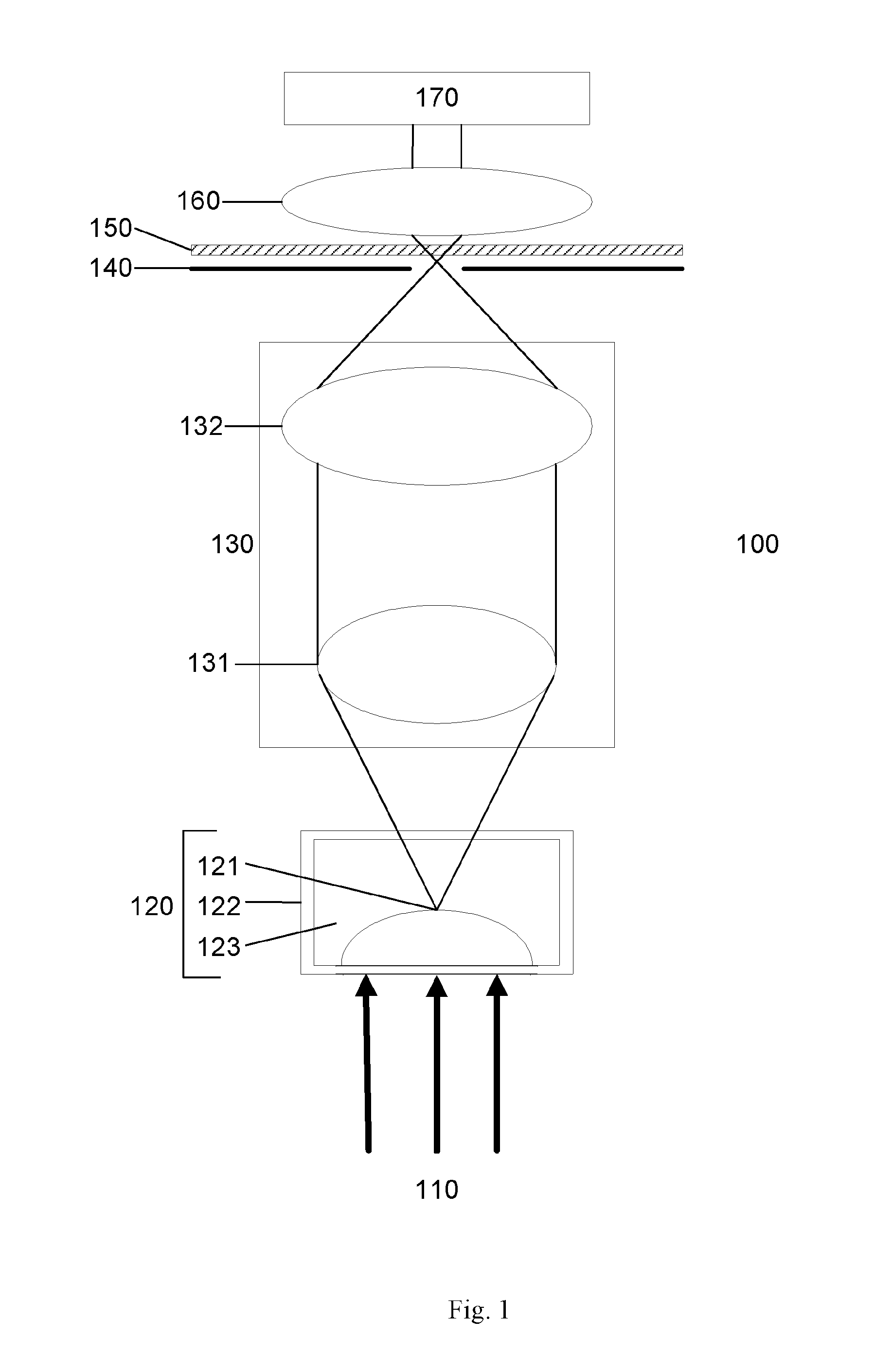Method and apparatus for determining object characteristics
- Summary
- Abstract
- Description
- Claims
- Application Information
AI Technical Summary
Benefits of technology
Problems solved by technology
Method used
Image
Examples
first embodiment
[0101]In step 970 the power of the lens in air is calculated according to, for example, Optom Vis Sci. 2008 September; 85(9) using Equations 11 and 12:
c1=Pwet+(n2-n1)c2n2-n1+(dn2)c2(n2-n1)2Eqn.11Pair=(n2-1)(c1-c2)+(dn2)c2(n2-n1)2Eqn.12
[0102]Where n1 is the refractive index of the saline, n2 is the refractive index of the lens, d is the centre thickness and c2 is 1 / (lens base curve radius). Pwet is the power in the liquid medium, such as saline, and Pair is the power in air.
second embodiment
[0103]In step 970 the power in air is calculated based upon a virtual position of the lens in the liquid medium resulting from refraction of light rays at the air-liquid interface.
[0104]FIG. 10 illustrates a path 980 of light leaving the actual position of the lens 121 in the saline solution 123. As can be appreciated, refraction occurring at the saline-air interface causes a change in the path 980 of light leaving the lens 121. A measured focal length 991 would thus correspond to a virtual lens 990 at a different location to a focal length 992 completely in the saline solution. Based on the differing intersection angles α, β of the light rays the power of the lens 121 in air may be calculated by Equations 13 and 14 as:
tan(β)=rfsaline=rPsalineEqn.13tan(α)=rfmeasured=rPmeasuredEqn.14
[0105]Where r is a distance between the optical axis and a point on the lens 121, Pmeasured is a measured optical power, Psaline is a power in saline solution (or other liquid medium), fmeasured is a meas...
PUM
 Login to View More
Login to View More Abstract
Description
Claims
Application Information
 Login to View More
Login to View More - R&D
- Intellectual Property
- Life Sciences
- Materials
- Tech Scout
- Unparalleled Data Quality
- Higher Quality Content
- 60% Fewer Hallucinations
Browse by: Latest US Patents, China's latest patents, Technical Efficacy Thesaurus, Application Domain, Technology Topic, Popular Technical Reports.
© 2025 PatSnap. All rights reserved.Legal|Privacy policy|Modern Slavery Act Transparency Statement|Sitemap|About US| Contact US: help@patsnap.com



